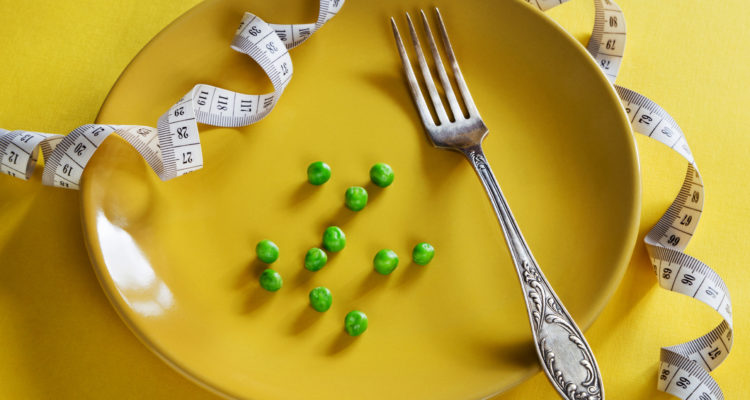◊ By Luke Coutinho
Visit ORGANIC SHOP by Pure & Eco India
Unhealthy patterns of food consumption, including excess energy intake, contribute heavily to the burden of non-communicable diseases that account for more than two-thirds of deaths worldwide.
In recent decades, increases in portion size have occurred on parallel with a rise in obesity. Large portion sizes of commercially-available foods are causing ‘passive’ overeating and have been linked to the emergence of the worldwide obesity crisis. Research has shown that people consistently consume more food or beverages when offered larger-sized portions or packages, or when using larger tableware.
Consuming large-sized portions of food comes with many repercussions, both in the short and long term. With the cases of obesity increasing at an alarming rate and increasingly in the young, it has become imperative to identify the erroneous food habits that are taking a toll on human health, and take proactive measures to correct them.
The obesity epidemic has escalated considerably over the past 30 years, with no country having achieved a reduction so far. International and national ambitions to “end childhood obesity” and “reduce non-communicable diseases by 25% by 2025” are out of tune with the pro-commerce policies in place.
Therefore, the onus is upon us to take action at an individual level, without waiting for policies and market interventions to rescue us from excess food and subsequent obesity.
Below are 7 easy-to-follow ways that can help you cut down your portion sizes:
1. Choose smaller-sized plates/bowls: The increase in obesity has coincided with an increase in portion sizes of foods both inside and outside the home. If large portions of food are consumed often, the appetite will also increase gradually. Sustained intake of large portions of energy‐dense, nutrient-poor foods is unhealthy.
Portion-size effect (more is consumed when more is offered) has a direct correlation with energy intake. Choosing smaller plates, bowls, etc, will help you monitor the food quantities you take.
2. Fill half your plate with vegetables: As vegetables are high in water and fibre, incorporating them in the diet can reduce energy density, promote satiety and decrease energy intake. A recent research has found that eating portions of low-energy-dense foods is a more successful weight loss strategy than fat-reduction coupled with the restriction of portion sizes.
3. Include protein in your meals: Protein increases levels of fullness to a greater extent than carbohydrates or fat and may facilitate a reduction in energy consumption. Foods rich in protein are also associated with increased thermogenesis (generation of heat in the body), which also influences satiety and increases energy expenditure. Protein-rich foods can help us curb our appetite and feel full, and that too at a low calorie cost.
4. Begin your meal with a soup or salad: Consuming a low-energy meal preload such as a soup or a salad restricts the overall energy intake. Eating a low-energy-dense first course also enhances satiety, which further leads to the decreased portion size of your meals.
5. Drink water with/before meals: Water consumed before a meal has been found to reduce energy intake among non-obese older adults. Meal energy intake is found to be significantly less in the water preload condition when compared with the no-preload condition. Drinking a glass of water with 1 tbsp of apple cider vinegar 30 minutes before a meal also helps in feeling satiated sooner.
6. Chew your food thoroughly: Chewing food thoroughly before swallowing helps reduce calorie intake. Several studies have found that compared to people with normal weight, people with weight problems tend to chew their food much less. The average calorie intake can decrease by 9.5% when you chew 1.5 times more than normal and nearly 15% when you chew twice as much.
7. Get your food to go: So your favourite restaurant offers jumbo-size servings? That’s fine. Eat half and get the rest packed for a future meal. Resist the temptation to wolf down the entire serving.
ABOUT THE AUTHOR

The author is Advisor of Integrative Lifestyle and Nutrition at Purenutrition.me.




Very good information on belly reduction